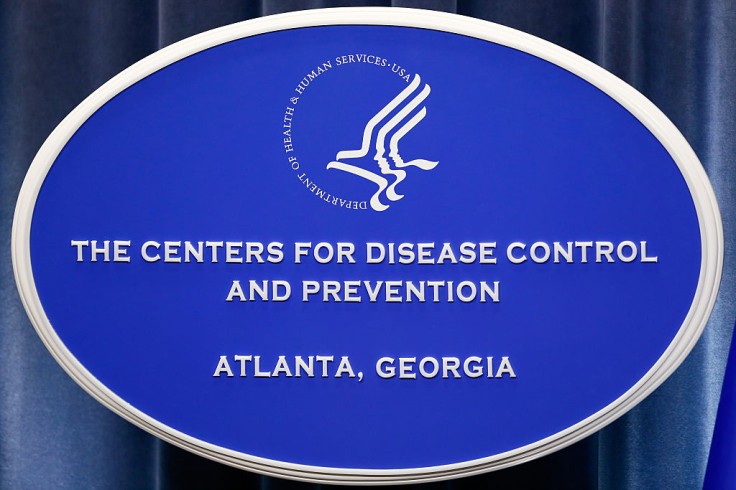
The Centers for Disease Control and Prevention (CDC) declared on Tuesday that there is no significant proof citing the spread of bird flu among humans amidst the recent epidemic in dairy cows.
Influenza A Virus Identified in Samples Collected From Wastewater Sites
Current data from 189 of the CDC's wastewater sampling sites disclosed that, as of May 4, an influenza A virus was discovered at heightened levels in a few locations across the country, including Alaska, California, Florida, Illinois, and Kansas.
The H5N1 bird flu strain, a type of influenza A, is recently circulating in cows. Only one site in Saline County, Kansas, showed essentially high flu virus levels for this time of year. Four herds in Kansas tested positive in April, according to the CDC.
It is not clear whether the Kansas wastewater samples contained only human waste or also farm runoff. Additionally, it remains uncertain if the high virus levels in the wastewater are indicative of infections in humans, cows, birds, or other animals. The CDC noted that there has been no unusual increase in flu-like illnesses in recent weeks.
Jonathan Yoder, deputy director of the CDC's Division of Infectious Disease Readiness and Innovation, expressed the need to understand the cause of the influenza A increase during what is typically a low transmission season. A representative from a major hospital in Saline County did not answer a request for opinion.
Dr. Cameron Wolfe, an infectious disease expert and associate professor of medicine at Duke University, found the recent CDC data "actually pretty reassuring." He mentioned that there is usually not much flu activity in May and that he has not observed any increase in flu-like illnesses in his practice.
Read Also: US FDA Finds No Traces of Avian Flu Virus in Sour Cream, Cottage Cheese, Powdered Infant Formula
CDC Monitors Who Have Been Exposed to Flu-Like Symptoms
As of Tuesday, 42 groups of animals in nine states: Kansas, Colorado, Idaho, Michigan, New Mexico, North Carolina, Ohio, South Dakota, and Texas, had been impacted. The CDC is keeping a close watch on 260 individuals who have been in contact with infected dairy cows for symptoms resembling the flu.
Thirty-three individuals have been tested for the virus, and only one person-a dairy farm worker in Texas-has been diagnosed with bird flu related to the dairy cow outbreak. The worker developed a serious case of conjunctivitis (pinkeye) and has since recuperated.
Dr. Marc Johnson, a virologist at the University of Missouri, established a wastewater monitoring system for COVID-19. He and other scientists have created tests capable of identifying H5N1 in wastewater samples.
However, the CDC discourages their widespread use due to resource constraints and the limited ability to identify the virus's source accurately.
Johnson emphasized the importance of such tests in tracking virus changes and preventing potential transmission to humans from other animals.
Academic researchers, collaborating with Verily, demonstrated wastewater's role in outbreak detection. Their paper, not yet peer-reviewed, identified the virus in wastewater plants in Texas before official reports of infected cattle, underscoring the lead time it offers in outbreak response.
Dr. Marlene Wolfe from Emory University highlighted the significance of the widespread implementation of wastewater surveillance programs like WastewaterSCAN, supported by Verily, in aiding early outbreak detection.
Related Article: Texas Dairy Worker Who Contracted Bird Flu Didn't Display Influenza Symptoms, Suffered Pinkeye Instead